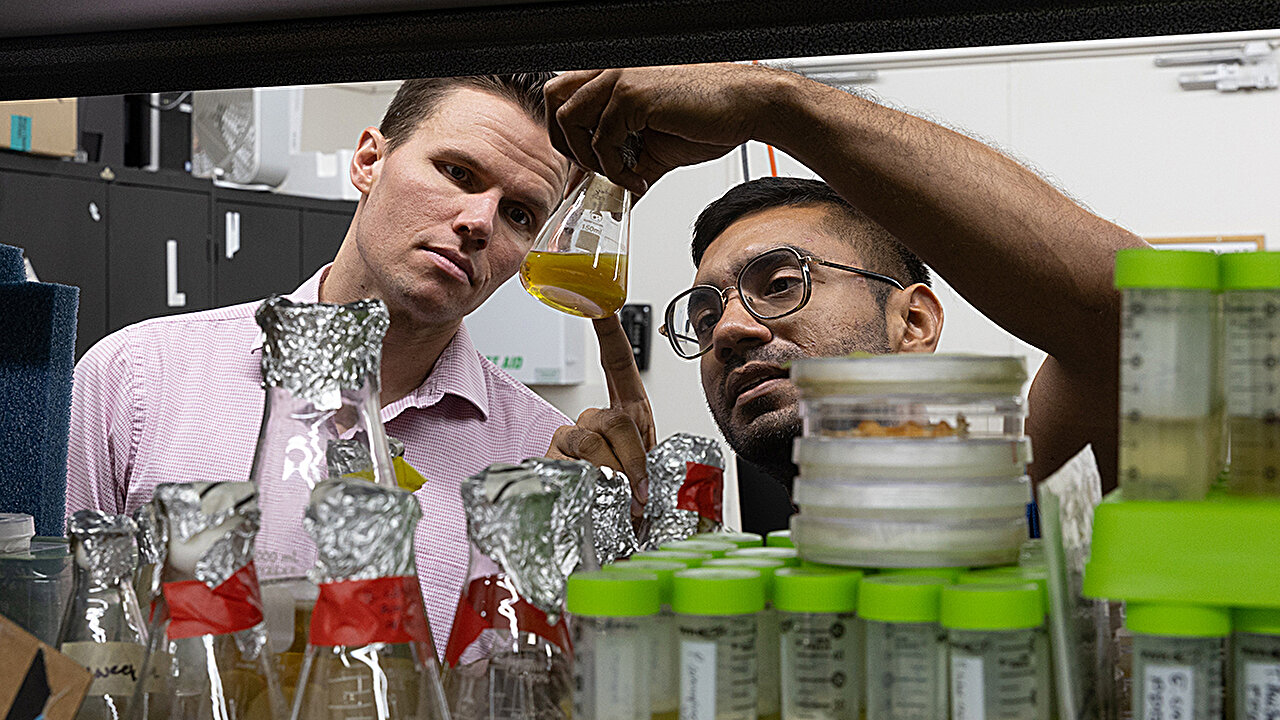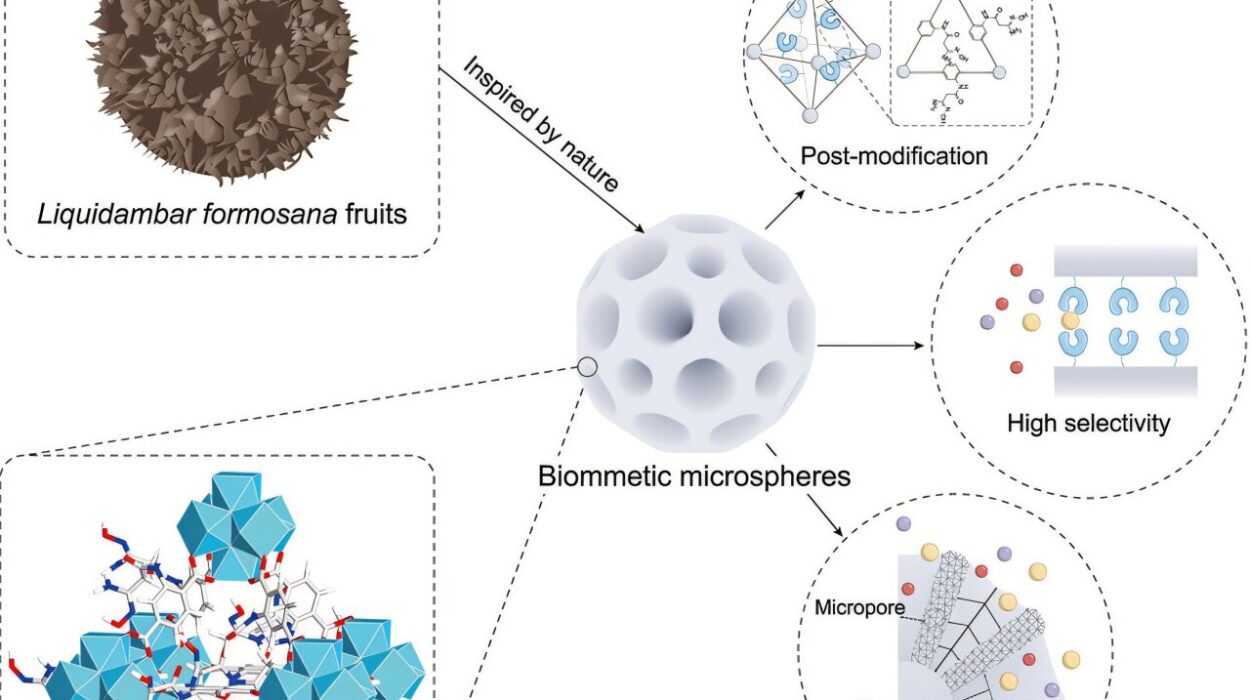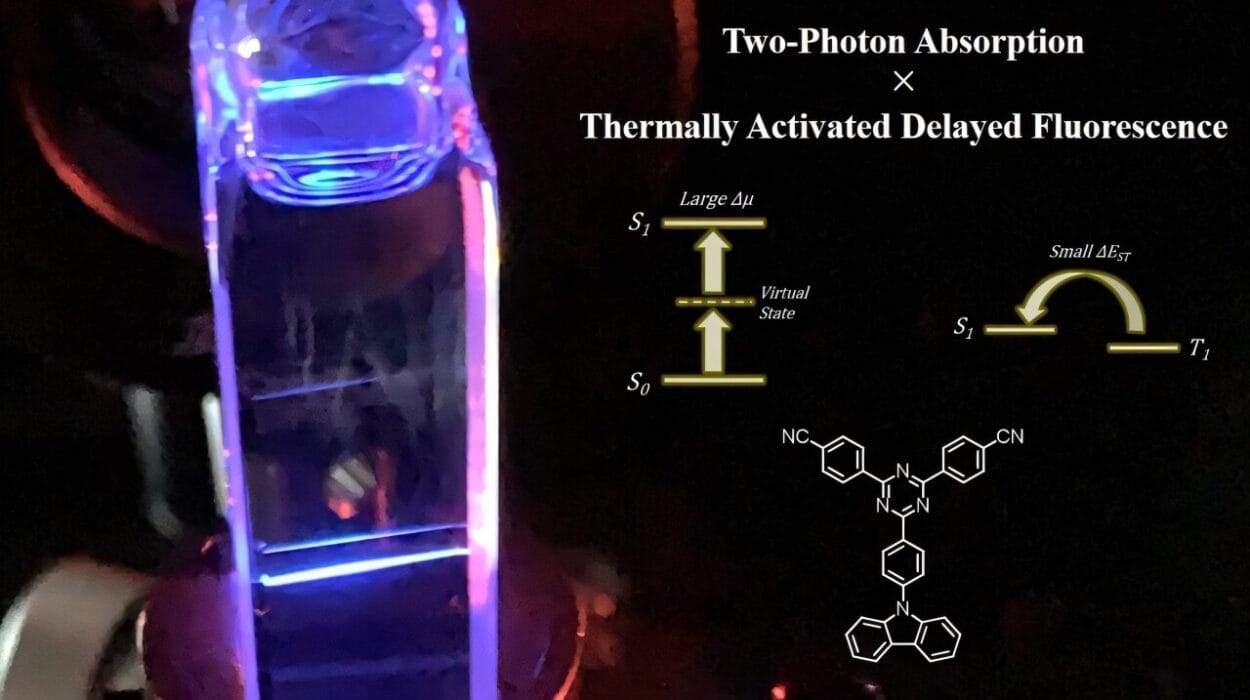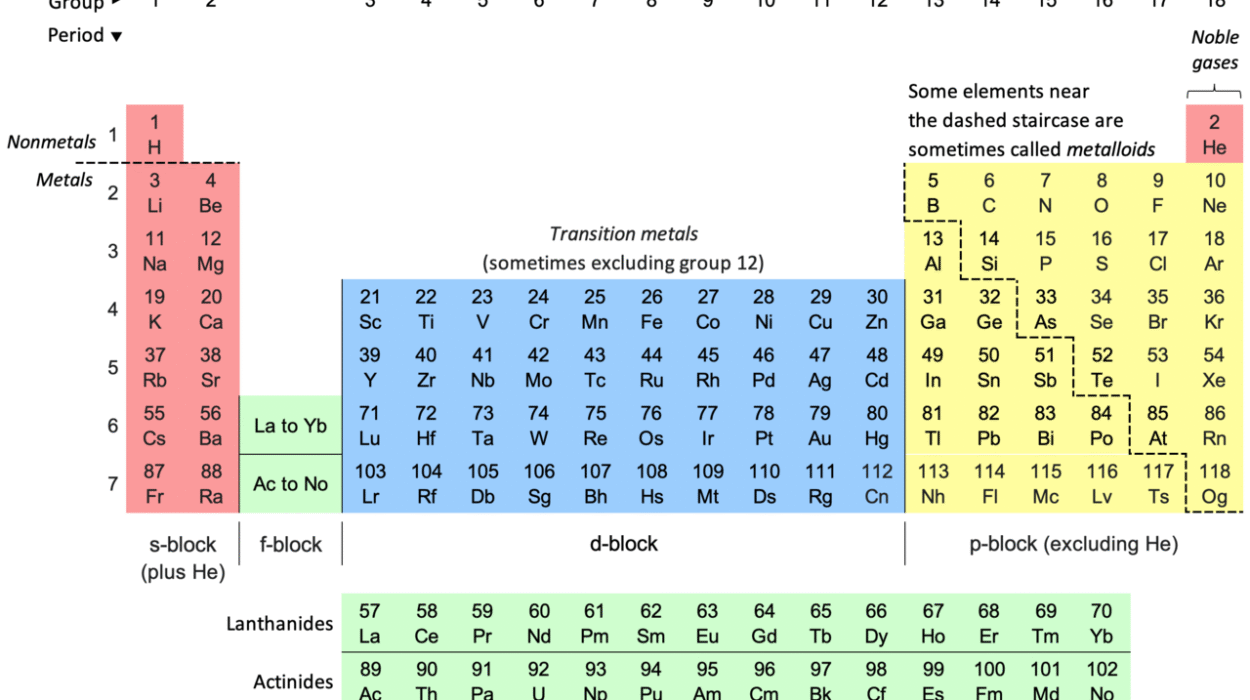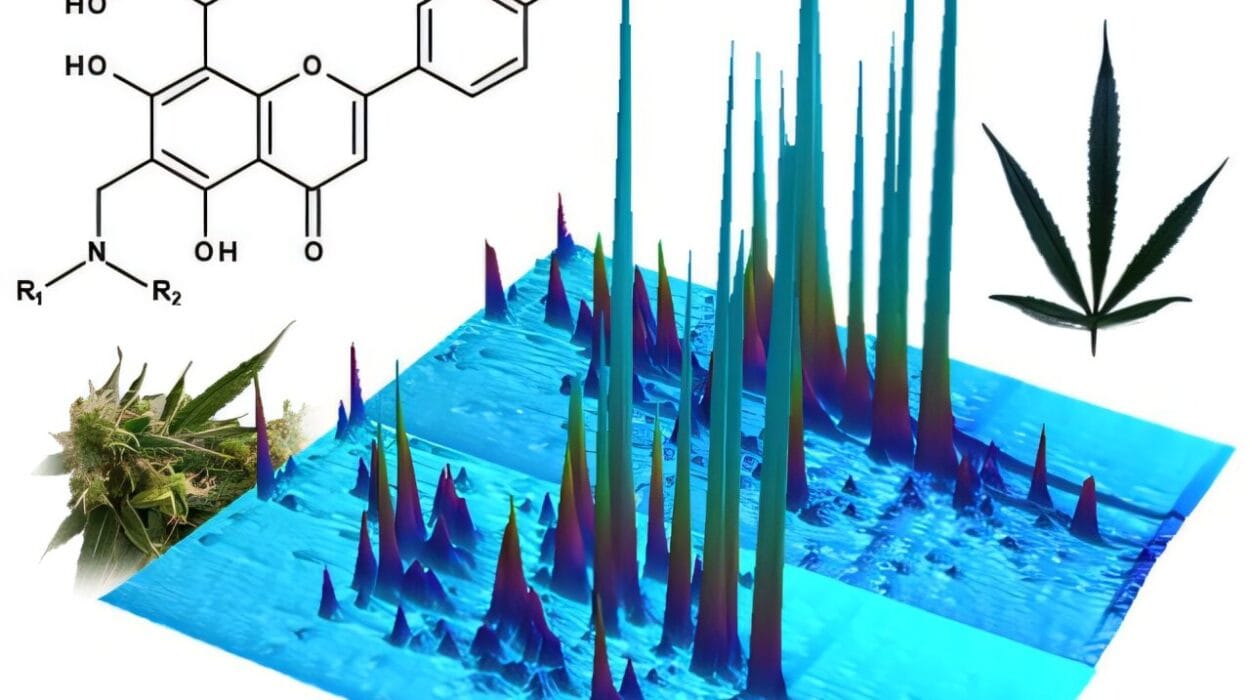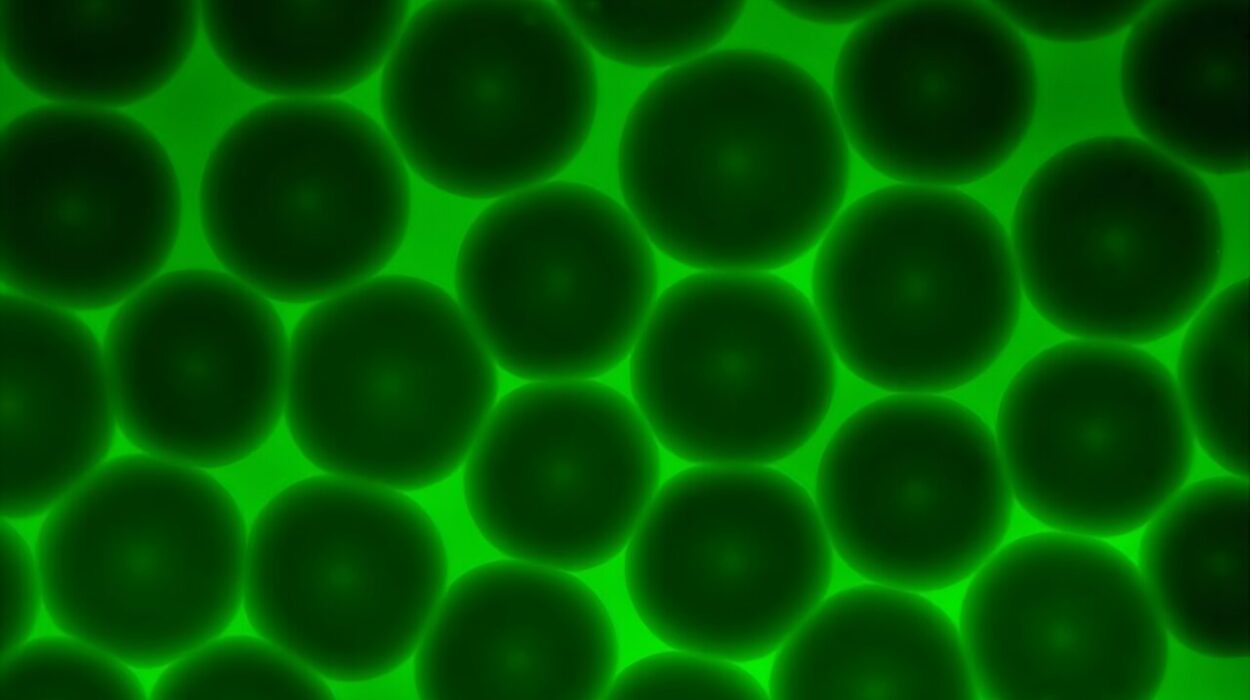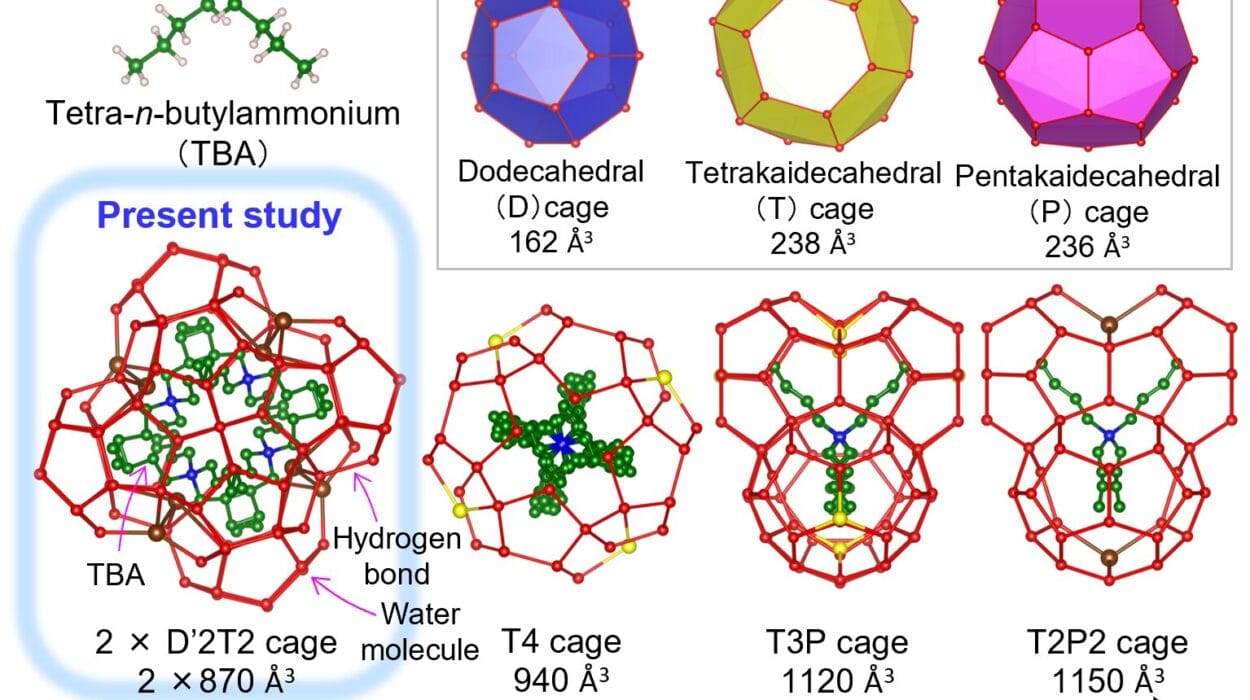Beneath our feet, beyond our sight, fungi have been shaping the world for hundreds of millions of years. They are the silent recyclers of the natural world, breaking down fallen trees, dead leaves, and organic debris, then returning their nutrients to the soil. Without fungi, forests would choke under their own weight, soils would turn barren, and ecosystems would collapse. They are nature’s hidden architects, working endlessly in cycles of decay and renewal.
Yet fungi are far more than decomposers. Across history, they have entered human life in unexpected ways: in the bread that rises, the wine that ferments, the antibiotics that save lives, and even the psychedelics that reshape consciousness. Their versatility makes them one of the most fascinating kingdoms of life on Earth. And now, thanks to new research, fungi may soon transform the field of medicine in ways as radical as penicillin did a century ago.
An Unexpected Discovery
At the University of Utah, scientists studying what they thought was a fuel-loving fungus made a surprising find. Instead of the expected kerosene-eating mold, they discovered something else entirely: Marquandomyces marquandii, an unassuming soil fungus. What made this fungus remarkable was not its appetite for hydrocarbons, but its talent for building something new—natural hydrogels.
Hydrogels are soft, flexible materials that can absorb enormous amounts of water—up to many times their own weight—while maintaining their shape. They are already central to medicine, found in everything from contact lenses to wound dressings. But creating durable, biocompatible hydrogels that behave like real human tissues has remained a major challenge. This is where M. marquandii enters the picture.
Building with Mycelium
Fungi live much of their lives as mycelium, a vast network of thread-like structures called hyphae that weave through soil, wood, and other organic material. Imagine a delicate web of roots, endlessly branching, growing, and reshaping itself in search of nutrients. It is this hidden body of fungi, rather than the mushrooms we see above ground, that does most of the work.
In the case of M. marquandii, its mycelium displayed a remarkable property in the lab. When cultivated in liquid culture, it naturally formed thick, multilayered hydrogel structures, visible to the naked eye. These weren’t flimsy films prone to drying out. Instead, they were strong, spongy, water-loving tissues capable of absorbing up to 83% of their weight in water while still bouncing back when squeezed or stretched.
Dr. Atul Agrawal, a Ph.D. candidate leading the study, explained that these fungal hydrogels were far more structured than expected. “What you are seeing here is a hydrogel with multilayers,” he said, describing alternating bands of porosity that give the structure both flexibility and strength. This built-in architecture is something material scientists often struggle to engineer artificially—but the fungus does it effortlessly.
Why Fungal Materials Matter
The promise of fungal hydrogels lies in their combination of softness, durability, and biocompatibility. Human tissues—from skin to cartilage—are soft, elastic, and water-rich. A material that can mimic those properties could open doors in regenerative medicine. Imagine scaffolds that encourage cells to grow into functioning organs, or implants that flex and stretch like natural tissue.
Unlike many synthetic hydrogels that degrade quickly or provoke immune responses, fungal mycelium is made largely of chitin—the same biopolymer found in insect shells and seashells. Chitin is naturally biocompatible, strong yet lightweight, and capable of forming diverse structures. Researchers see potential not just for tissue regeneration but for wearable devices that move with the body, flexible medical sensors, or even bone scaffolds that combine strength with natural adaptability.
As Professor Steven Naleway, senior author of the study, put it: “This fungus was able to grow these big, beefy mycelial layers, which is what we are interested in. In theory, you could use it as a template for biomedical applications or even mineralize it to create bone-like materials.”
Lessons from Fungal Evolution
The secret to these properties lies in the way fungi evolved. Unlike animals, whose cells are highly specialized and fixed in their roles, fungal cells are astonishingly adaptable. Each hypha can compartmentalize itself into many units, but every unit retains the ability to change its role if needed. This flexibility makes fungal mycelium incredibly resilient, able to keep growing as long as nutrients are available, and capable of reorganizing itself in response to stress.
As Dr. Bryn Dentinger, a mycologist involved in the project, explained, “In fungi, every cell is capable of differentiating and then reverting to the original state. They’re just a lot more malleable and adaptable. There’s a lot that we could exploit from those behaviors that really haven’t been explored fully.”
This adaptability gives fungal materials unusual mechanical properties. Previous research from Naleway’s lab showed that fungi with short hyphae tend to be stiffer, while those with longer hyphae are more flexible. Bracket fungi, for instance, have strength-to-weight ratios that rival advanced engineering materials, making them interesting candidates for aerospace applications.
A Happy Accident
Science often advances through serendipity, and this discovery was no exception. The Utah team began their experiments with what they believed was “kerosene fungus,” notorious for contaminating aviation fuel. But when the cultures grew in unusual layers, they realized they had stumbled onto something entirely different.
Dentinger later identified the mystery organism as M. marquandii. Its misidentification was not unusual—fungal taxonomy remains a work in progress, with only about 4% of an estimated 2.2 to 3.8 million fungal species described. Many cultures in labs and museums are incorrectly labeled, highlighting how much remains unknown in mycology.
This accident turned out to be fortuitous. What could have been dismissed as contamination instead opened the door to an entirely new avenue of biomedical research.
Resilience in Action
In laboratory tests, the fungal hydrogels proved not only water-rich but resilient. After repeated cycles of stretching and compressing, the material could recover 93% of its shape and strength. Imaging revealed that the layered mycelial structure distributed stress evenly across its bands, preventing tears and improving durability.
In essence, the fungus had engineered its own solution to a challenge materials scientists have wrestled with for decades: how to build a hydrogel that is both soft and strong, absorbent yet durable.
Looking Ahead
The Utah team is now seeking patent protection for their discovery, recognizing its potential across multiple biomedical applications. If further research confirms its safety and scalability, M. marquandii hydrogels could become templates for regenerative medicine, living scaffolds for cell growth, or even components of wearable health-monitoring devices.
But beyond its immediate applications, this work highlights a larger truth: nature remains the ultimate innovator. For billions of years, organisms have been solving problems of structure, durability, and adaptability. By studying them closely, we can unlock new materials and technologies that align with biology rather than fight against it.
As Naleway reflected, the work underscores the importance of looking to biology for inspiration. “We’re interested in what nature has already built. Fungi have evolved solutions that are sustainable, adaptable, and biocompatible. We’re only beginning to scratch the surface of what they can teach us.”
The Broader Role of Fungi
Fungi already underpin much of human civilization. From penicillin to statins, from soy sauce to blue cheese, they provide food, medicine, and industry. They enrich soils, sustain forests, and regulate carbon cycles. Now, they may provide the scaffolds upon which future medicine is built.
And there is poetry in that. The same organisms that break down dead matter to recycle life’s ingredients might one day help us rebuild damaged tissues, mend broken bones, or create devices that integrate seamlessly with the body.
The Living Future
The story of Marquandomyces marquandii is a reminder that the future of technology may not always lie in plastics, metals, and silicon, but in living materials that grow, adapt, and regenerate. It is a future where we collaborate with biology rather than simply extract from it.
In the end, fungi are not just recyclers of the past but builders of the future. Hidden in their networks are lessons in resilience, adaptability, and innovation. And perhaps, just perhaps, the cure for tomorrow’s illnesses and the materials for tomorrow’s devices are already growing silently in the soil beneath our feet.
More information: Atul Agrawal et al, Multilayer, Functionally Graded Organic Living Hydrogels Built by Pure Mycelium, JOM (2025). DOI: 10.1007/s11837-025-07685-5
